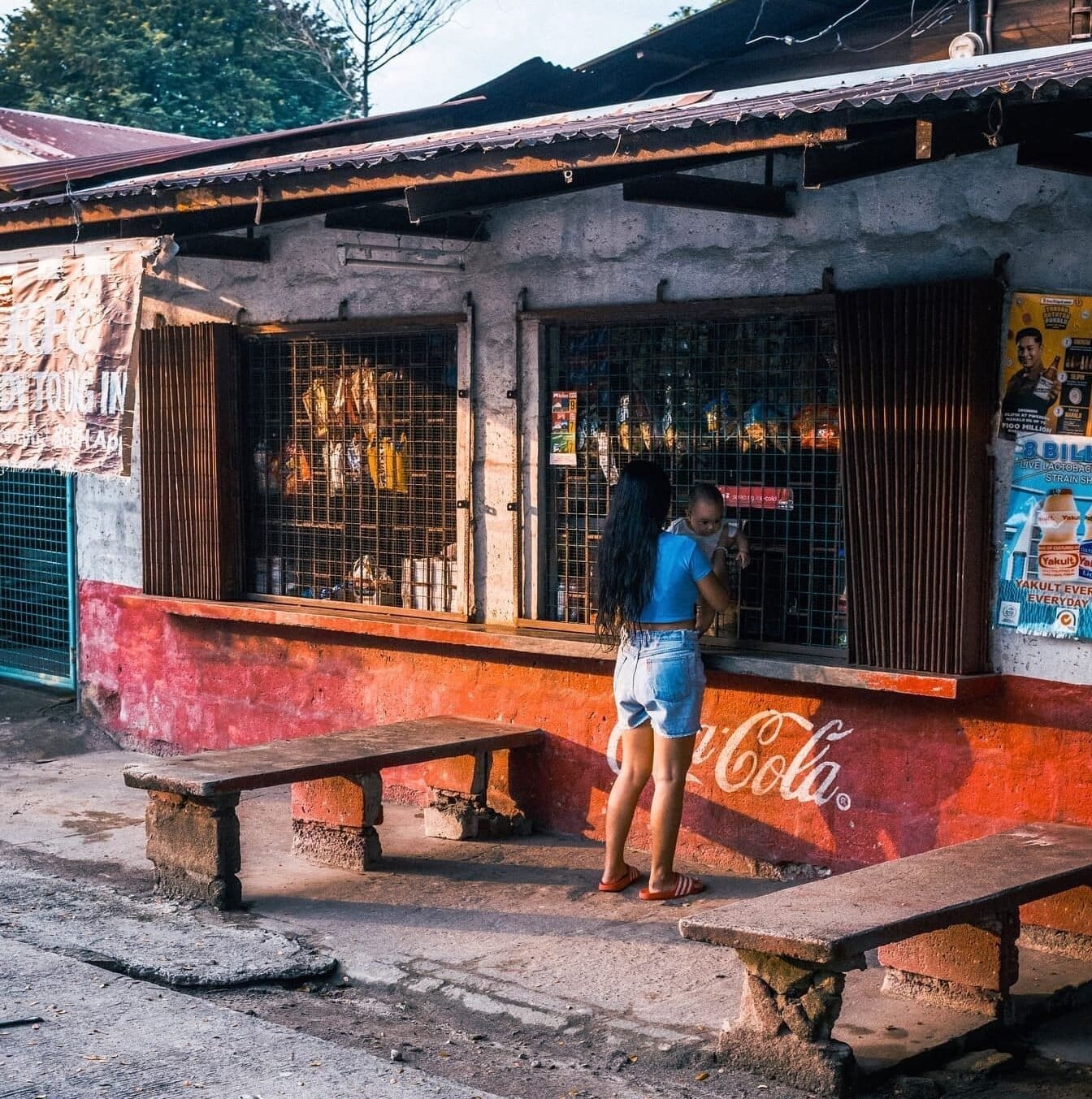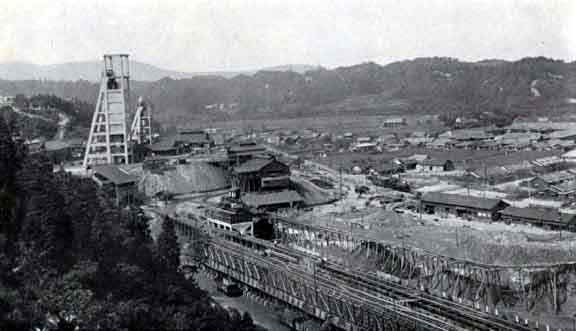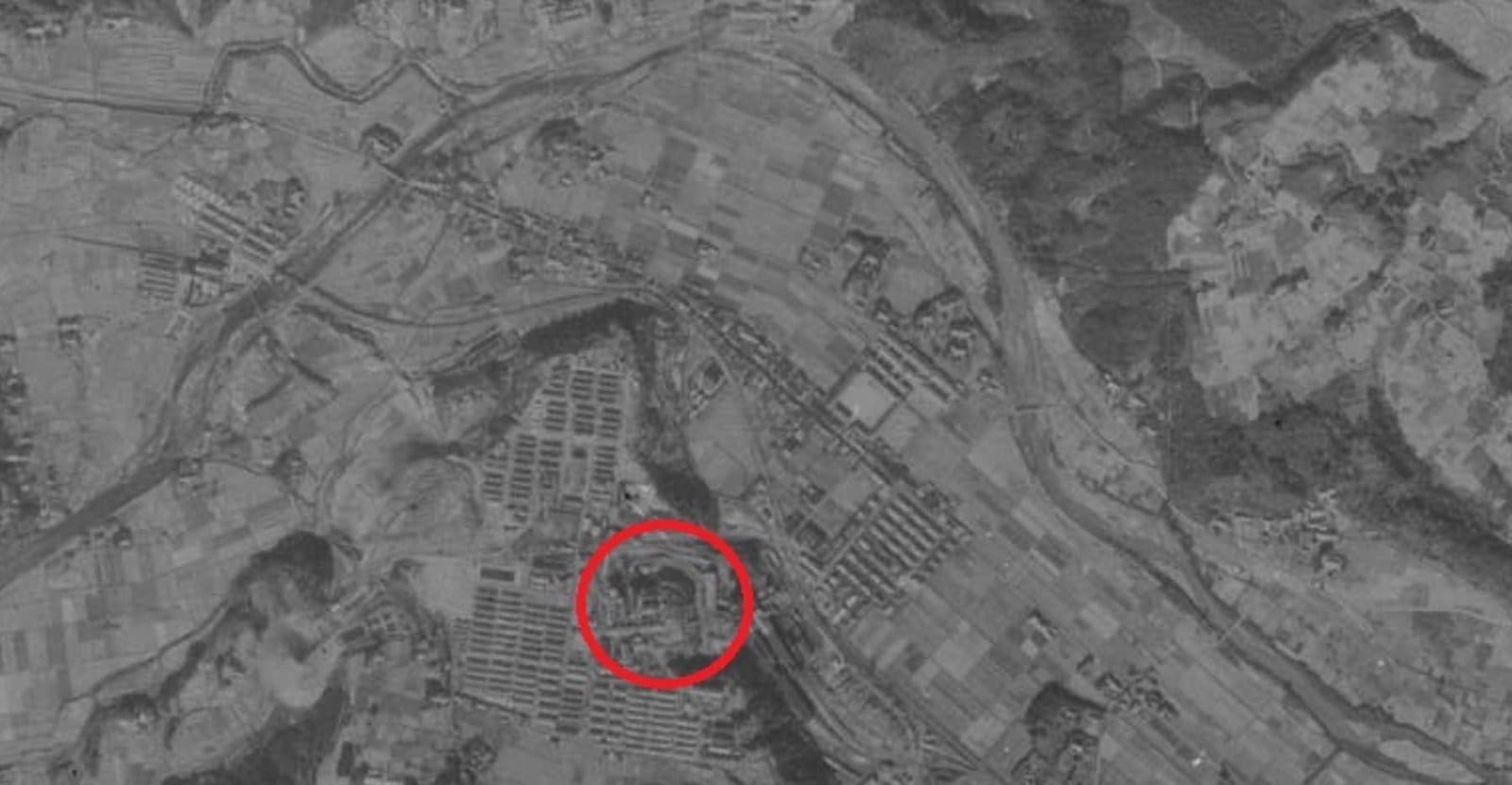
The Beauty of Simplicity: Philippines Street Photography
Strolling down a small backstreet in the Philippines, camera in hand, I was captivated by an enchanting scene illuminated by the soothing glow of golden-hour light. The warm tones glistened against the vibrant display of a traditional sari-sari store, a hub of local life and culture. As a photographer passionate about capturing the genuine essence of daily life, this moment unfolded before me like an unfiltered glimpse into the world’s simplicity. The image I captured that day has become a cherished testament to the charm I find so often in my journey with Philippines Street Photography.
The Art of Capturing Everyday Moments
Street photography is a genre that thrives on the unpredictable, the momentary, and the raw. It’s not just about taking pictures but about documenting unique instants that reveal the soul of a place. In the Philippines, a setting rich with cultural diversity and vibrant day-to-day living, opportunities abound to capture images that speak volumes without uttering a word. This particular photograph, set amidst a sari-sari store—one of the country’s most iconic small retail enterprises—perfectly illustrates the intersection of tradition and spontaneity that defines street life here.
The candid ambiance captured through the lens draws heavily from documentary photography, creating images that tell compelling stories about urban culture. Whether it’s the expressions of the locals or the clutter of items displayed, each detail contributes to an authentic narrative of Filipino life. Utilizing tools like the Leica M11 offers pristine image quality, making every shadow and highlight come alive in the photograph.
Tips and Techniques for Street Photographers
Capturing the essence of a place like the Philippines requires more than just technical skill. It demands patience and the ability to blend in with the environment. Here are some tips for fellow enthusiasts aspiring to delve into Philippines Street Photography:
1. Embrace the Golden Hour: This magical time just after sunrise or before sunset provides natural lighting that adds depth and warmth to your photos. It’s an excellent period for street photography, offering soft light that enhances textures and colors without harsh shadows.
2. Engage the Environment: Understanding the location is vital. Spend time observing the flow of people and patterns of life. This immersion will help in predicting compelling moments to capture in your shots.
3. Prioritize Compositions: Street photography often requires quick reactions but don’t overlook composition. A thoughtfully framed shot can transform an ordinary scene into a work of art.
4. Use Discreet Camera Setups: Tools like compact cameras from Leica, such as the Leica M11, are perfect for navigating busy streets. They’re unintrusive yet powerful enough to capture high-quality images.
For more insights into these techniques and tools, check out this Philippines Street Photography.
Reflecting on the Beauty of the Ordinary
After years of exploring the multifaceted culture of the Philippines through my lens, I’ve come to appreciate the extraordinary beauty found in the seemingly mundane aspects of life. The simple candidness of interactions at a sari-sari store or the rhythmic hustle of street vendors paints a picture of community and resilience. Each image captured not only preserves a moment in time but also invites viewers to reflect on shared humanity and the overlooked beauty within their own daily experiences.
Street photography, especially in a vibrant locale like the Philippines, is a celebration of the unscripted. It captures the fleeting, the overlooked, and the untamed spirit of life in its myriad forms. By focusing on the authentic and the ordinary, we can uncover profound stories and perspectives that unite us all.
In conclusion, this genre is a powerful reminder that beauty and significance are embossed in the fabric of the everyday. It’s a privileged practice that not only documents but also honors the essence of life. As photographers, we hold the unique role of preserving these slices of existence, offering them to viewers with the hope that they will pause and revel in the wonder of the ordinary world around them.











